
 4
4




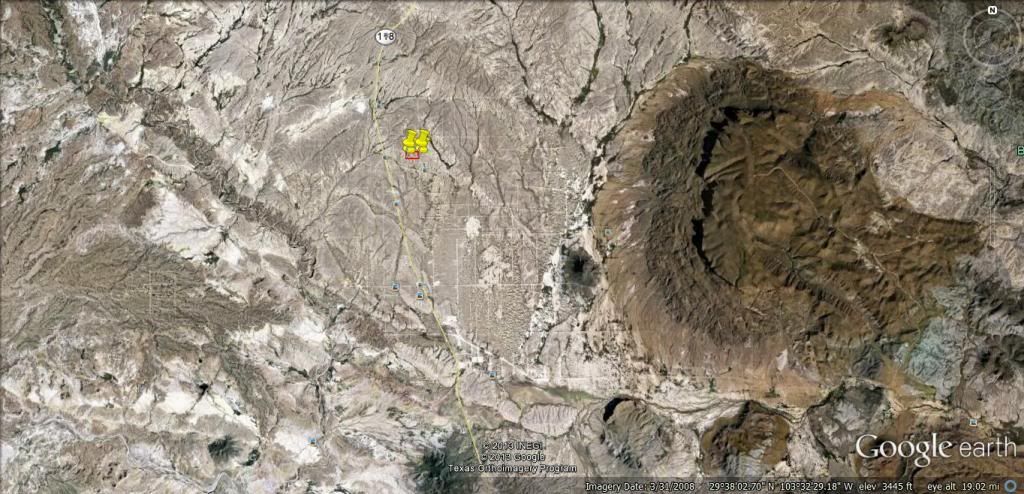
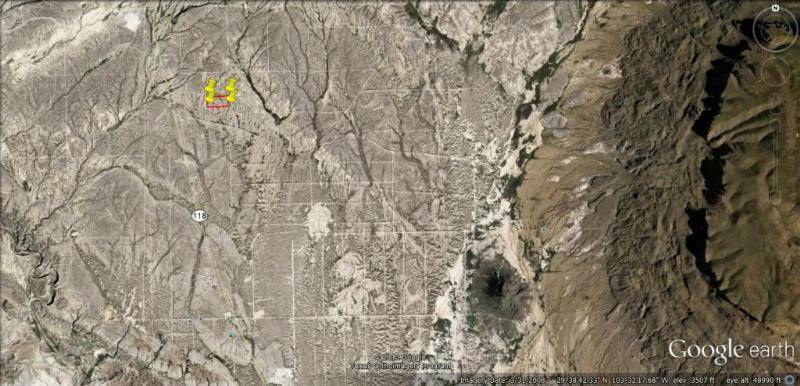
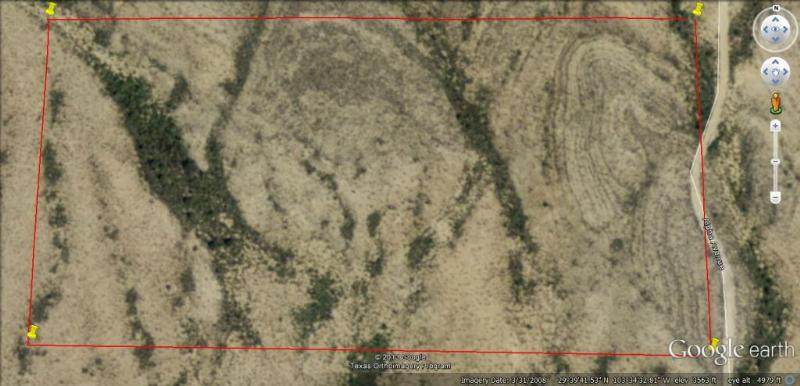
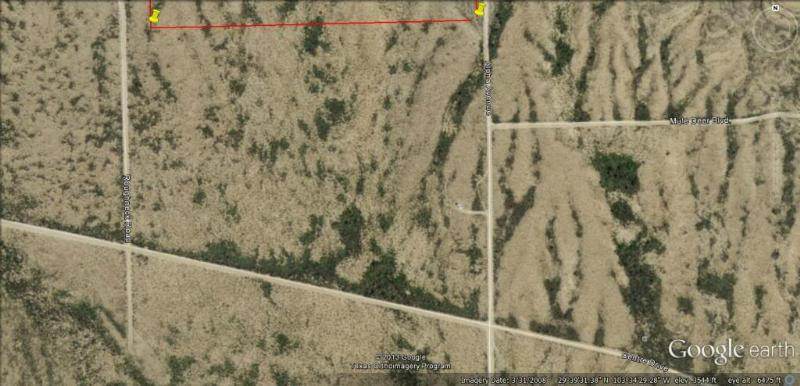
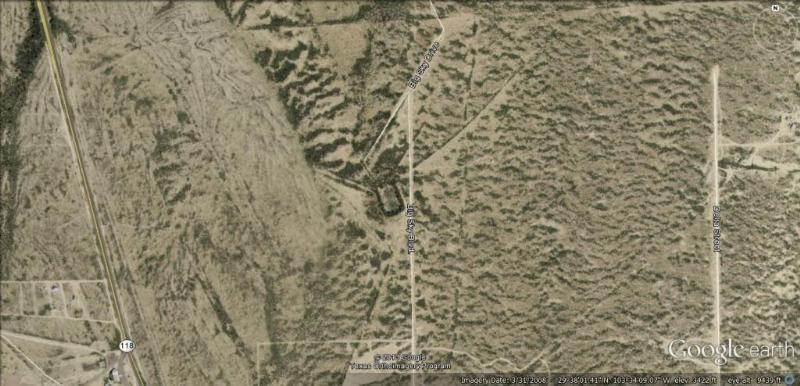
 2
2




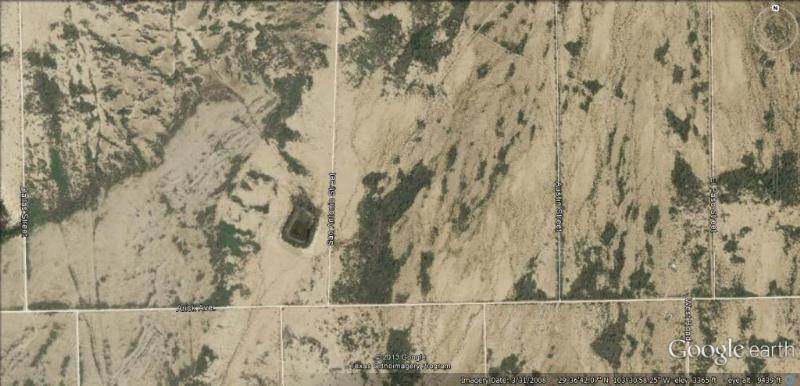
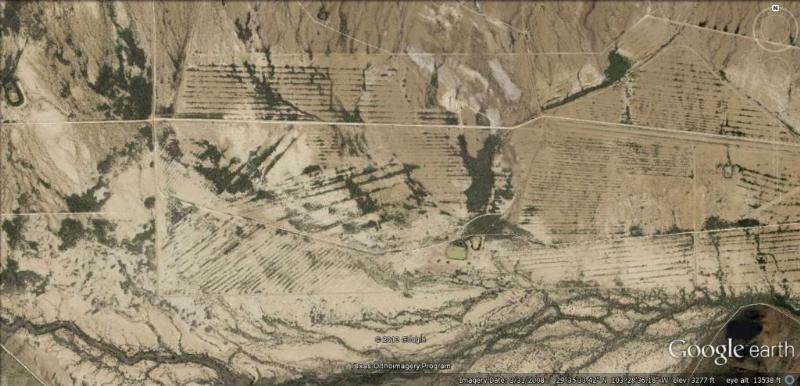
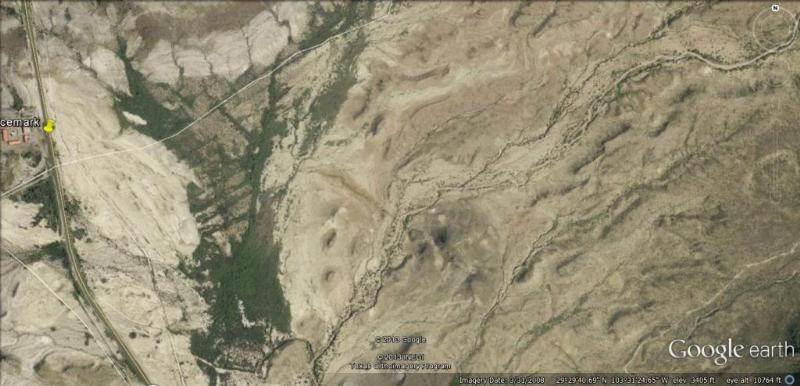

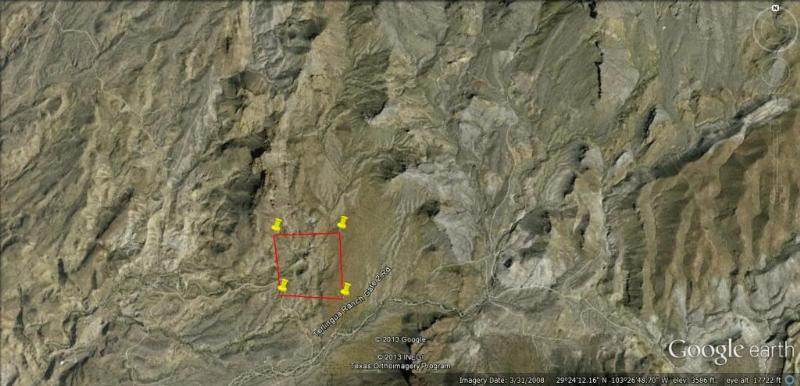

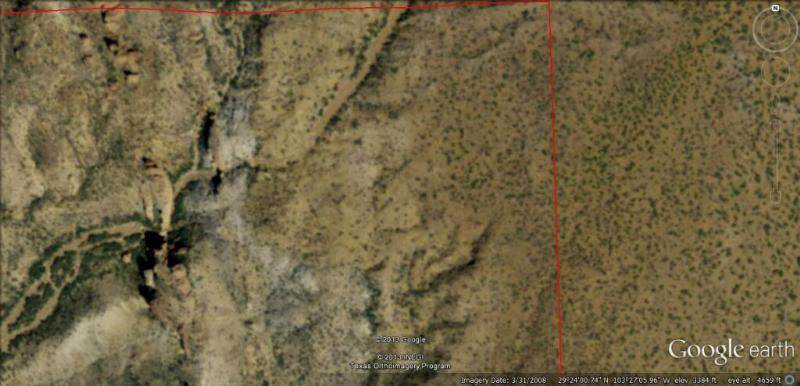
 2
2




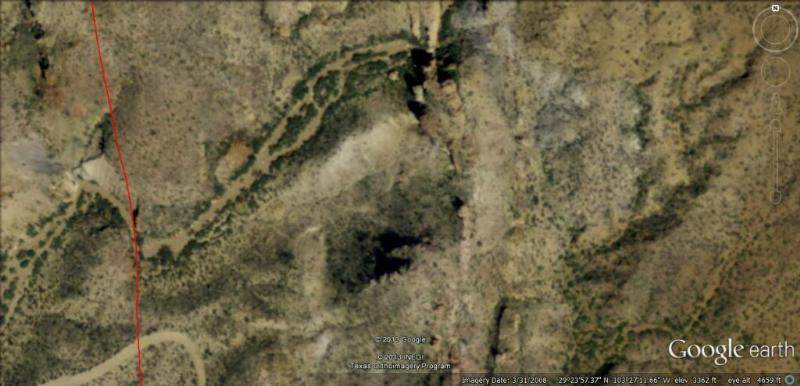
 3
3




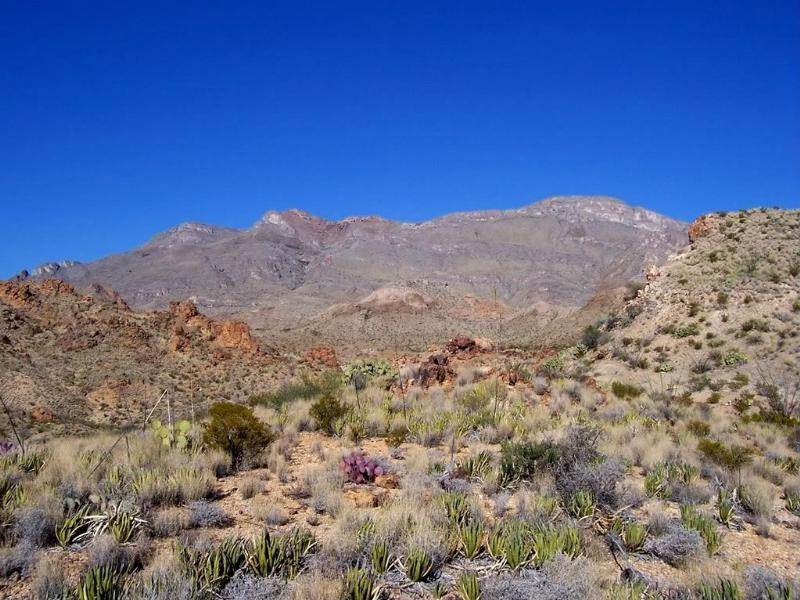
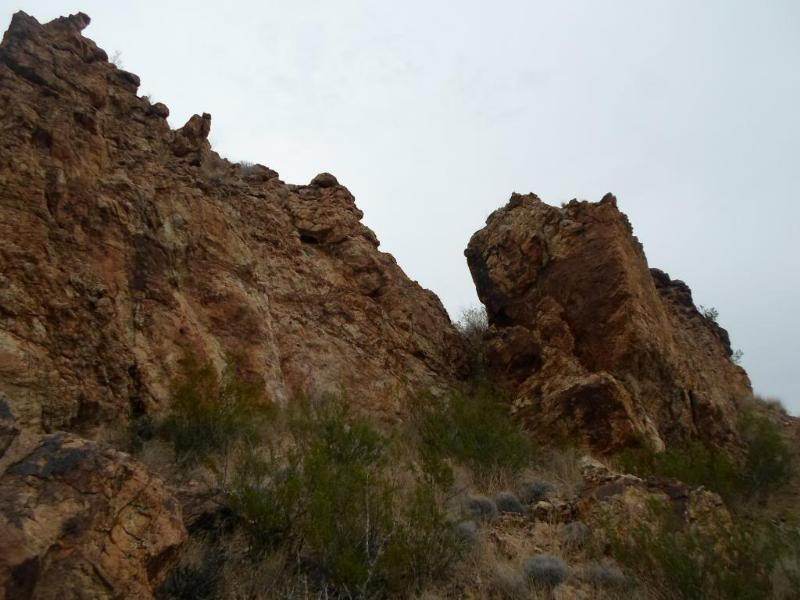
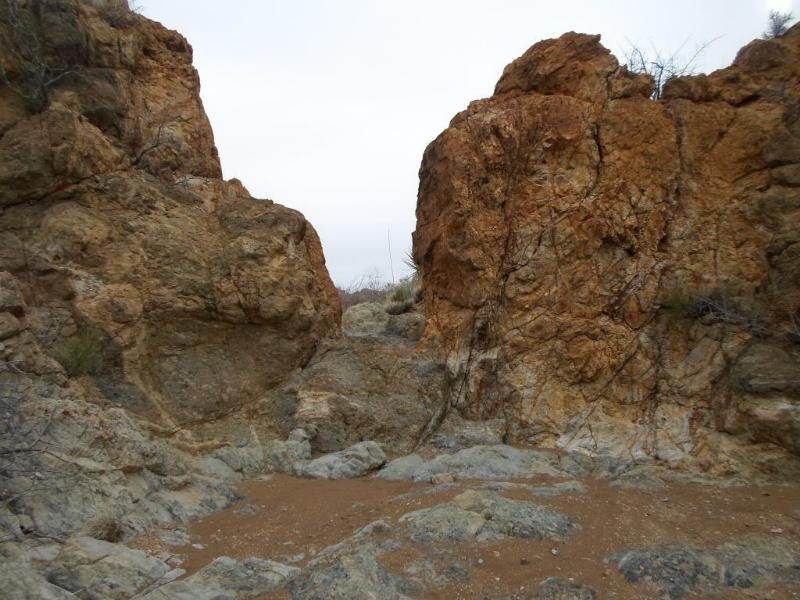
 3
3




 2
2




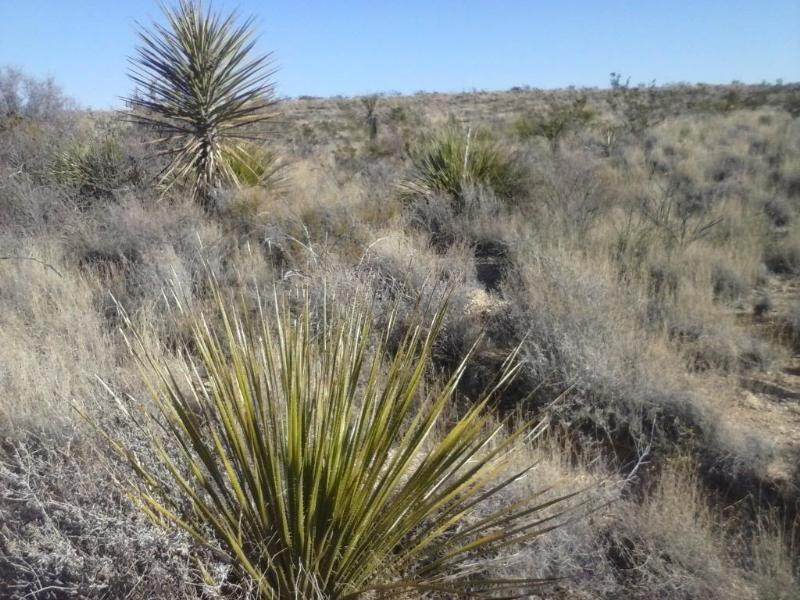
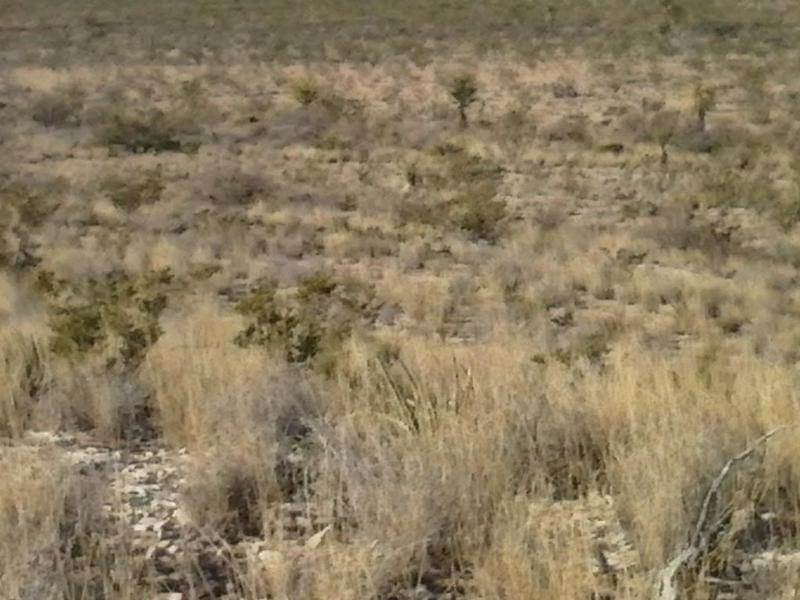
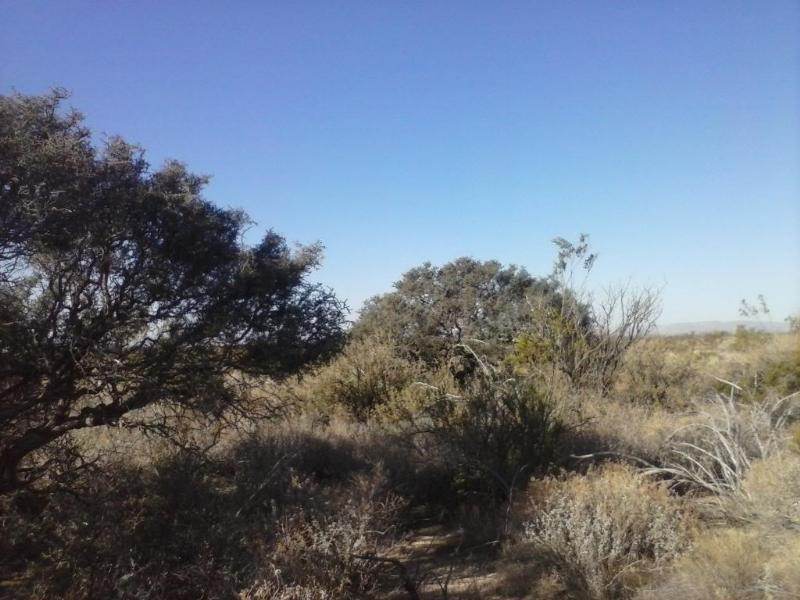
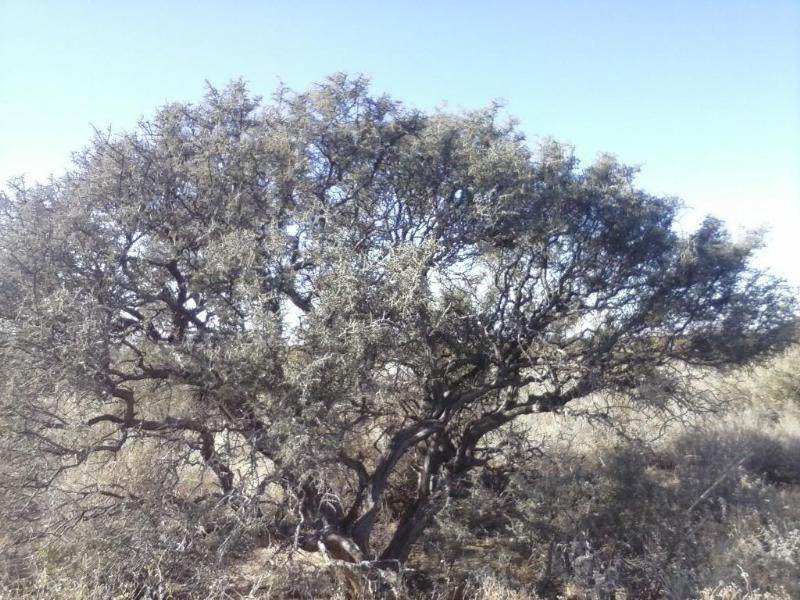
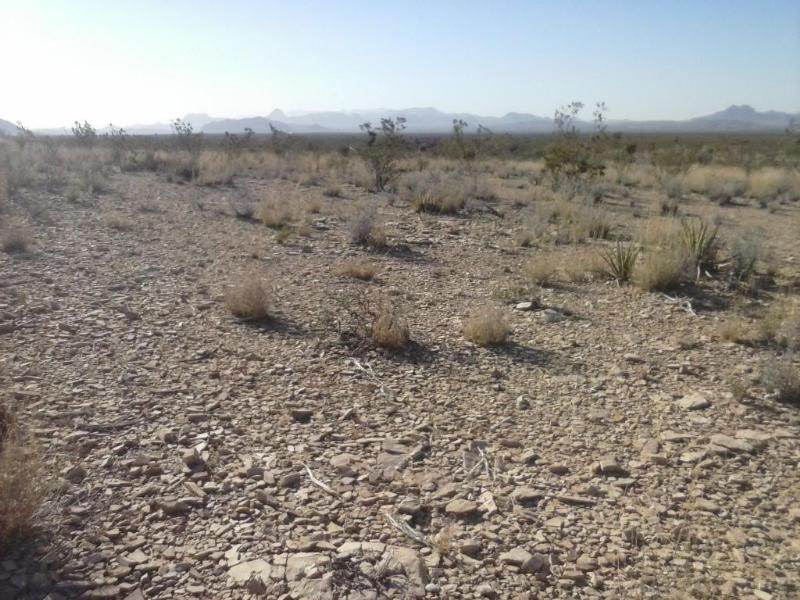
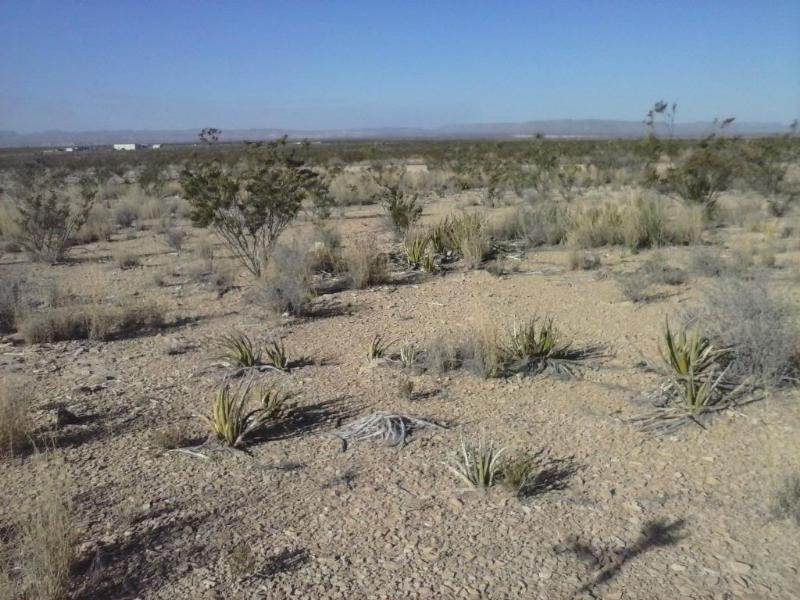
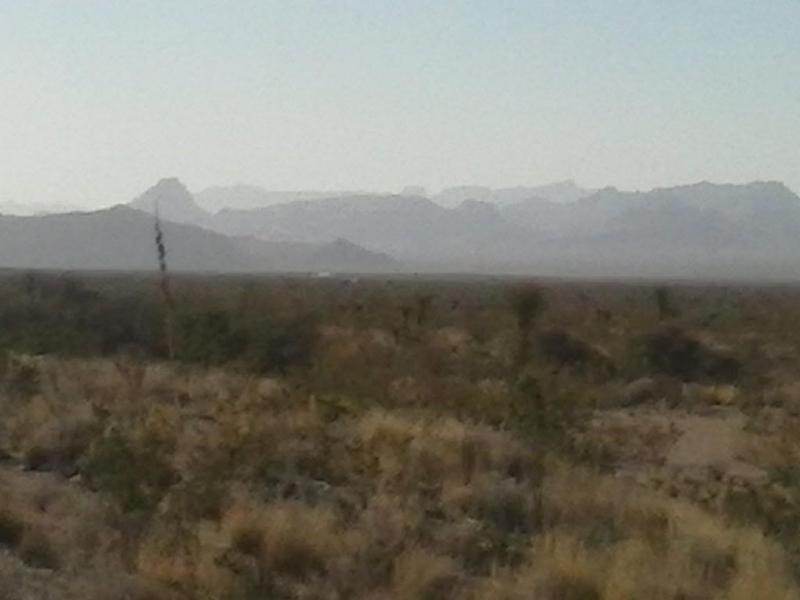
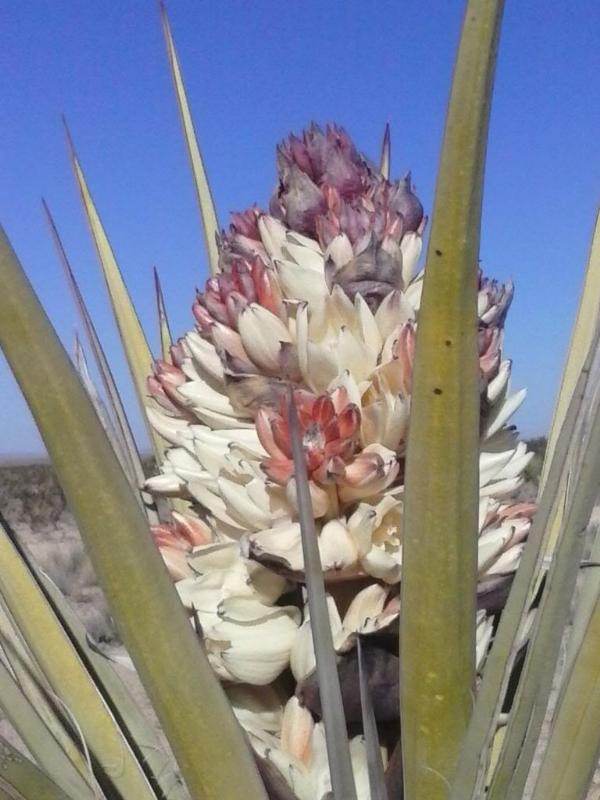








 1
1




 2
2




People are the keystone species of the planet.
 1
1




 1
1




Neal Spackman wrote:If it were me on those flats, i'd probably do some keyline ripping (assuming you can get those tines into the ground. Either that or very small rock contour berms--that would be much cheaper and take more personal time. How close is the solid limestone?
 2
2




A lot of things come out of nowhere, so look everywhere.
 1
1









 4
4




Live, love life holistically
 5
5




Invasive plants are Earth's way of insisting we notice her medicines. Stephen Herrod Buhner
Everyone learns what works by learning what doesn't work. Stephen Herrod Buhner
 1
1




"No scolding-- no rational demonstration of how to behave-- is going to inspire love." Alan Watts
"Love is in every thread of life, this I lean on." Elisa Andress
Volunteer with Dncinc.org

 4
4





|
girl power ... turns out to be about a hundred watts. But they seriously don't like being connected to the grid. Tiny ad:
the permaculture bootcamp in winter (plus half-assed holidays)
https://permies.com/t/149839/permaculture-projects/permaculture-bootcamp-winter-assed-holidays
|




